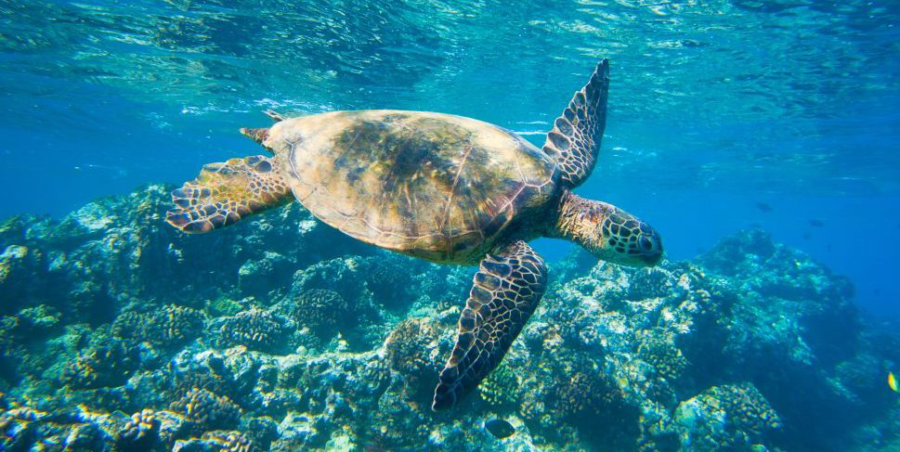
The Kemp’s Ridley turtle is not only the smallest known sea turtle, but the most endangered. They can be found from the Gulf of Mexico to the eastern coast of the United States. These turtles prefer warmer, shallower water. Due to hunting and trapping, for their shell, meat, and eggs (sold as an aphrodisiac in some parts of the world), bycatch (getting caught in fishing nets and long lines), pollution, climate change, and habitat destruction, these amazing turtles are listed as Critically Endangered by the IUCN. Their numbers are only estimated at around 22,300 and they are decreasing.
First the Stats…
Scientific name: Lepidochelys kempii
Weight: Up to 89 lbs.
Length: Up to 2 feet
Lifespan: Up to 30 years
Now on to the Facts!
1.) Their common name hails from Richard M. Kemp, a Florida-based naturalist and fisherman who first submitted the Kemp’s Ridley for identification to Samuel Garman at Harvard, back in 1880.
2.) Hatchlings spend up to 10 years in the open ocean before coming back to shallower waters to continue growing.
3.) Kemp’s prey on various shrimp, shellfish, jellyfish, sea urchins, fish, and mollusks. They will also eat various sea grasses and algae.
4.) They are preyed on by shore birds and coyotes, foxes, weasels, raccoons, and dogs (as juveniles), sharks, and other sea animals (as adults).
5.) Like all sea turtles, males spend their entire lives at sea. Whereas females return to the shore to lay eggs.
But wait, there’s more on the Kemp’s Ridley turtle!
6.) Kemp’s Ridley turtles, like other sea turtles, are migratory.
7.) Females lay up to 3 clutches of 100 eggs each in a nest, dug in the sand. The eggs hatch in up to 70 days.
Did you know…?
Up to 95% of these turtle’s nesting takes place in Tamaulipas, Mexico.
8.) Known as an “arribada”, which means “arrival” in Spanish, mass amounts of female turtles will return to shore to dig nests in the sand and lay their eggs.
9.) Differing from other sea turtles, Kemp’s Ridley turtles deposit their eggs during the day.
10.) The hatchlings break from their eggs, via the help of a specialized egg tooth and crawl their way from their sandy nest, making their way to the ocean at night; to avoid predators.
But wait, there’s still more on the Kemp’s Ridley turtle!
11.) Like some other reptiles, temperature dictates the gender of the hatchlings. Temperatures under 85°F tend to yield males. Higher temperatures tend to yield females.
12.) Even though the shrimp industry is now required to use Turtle Excluder Devices (TEDs) in both the U.S. and Mexico, many turtles are still entangled in shrimp nets and drown.
13.) These turtles reach sexual maturity by the age of 10 – 12 years of age.
14.) Numerous Kemp’s Ridleys were airlifted from Mexico after the 1979 disaster of the Ixtoc 1 rig, which spilled millions of gallons of oil into the Gulf of Mexico.
Now a Short Kemp’s Ridley Turtle Video!
Be sure to share & comment below! Also, check out the Critter Science YouTube channel. Videos added frequently!
Want to suggest a critter for me to write about? Let me know here.
Learn more about all kinds of cool critters, right here!



